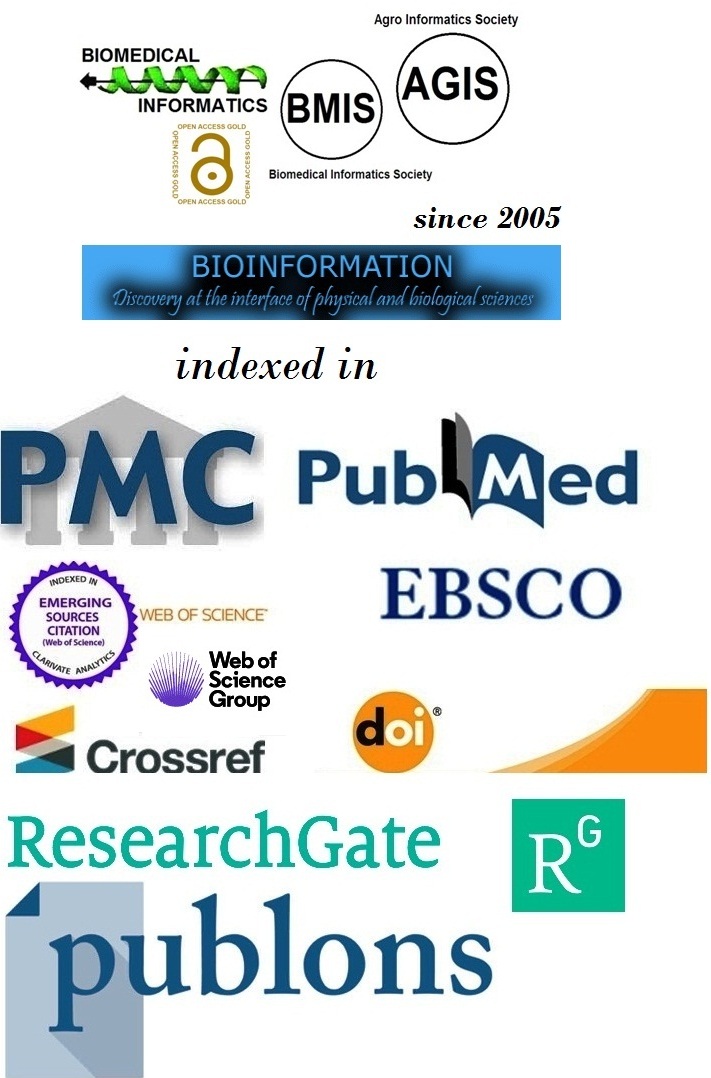Title
Authors
Avijit Das1, Kuldeep Pal*, 2, Poorvi Saxena3, SK Naja Parveen4, Sachin Kumar Jaiswal5 & Shalini Singh6
Affiliation
1Department of Orthodontics & Dentofacial Orthopaedics, North Bengal Dental College & Hospital, Sushruta Nagar, West Bengal, India; 2Oral & Maxillofacial Surgery, Consultant Maxillofacial Surgeon at Pal Hospital, Sagar, Madhya Pradesh, India; 3Department of Conservative Dentistry and Endodontics, Geetanjali Dental and Research Institute, Udaipur, Rajasthan, India; 4Department of Paediatric and Preventive Dentistry, Dental College Azamgarh, Ghazipur, Azamgarh, Uttar Pradesh, India; 5Department of Orthodontics & Dentofacial Orthopaedics, Dental College Azamgarh, Ghazipur, Azamgarh, Uttar Pradesh, India; 6Department of Pedodontics and Preventive Dentistry, School of Dental Science, Sharda University, Greater Noida, Uttar Pradesh, India; *Corresponding author
Avijit Das - E - mail: orthodontics97@gmail.com; Phone: +91 9476156578
Kuldeep Pal - E - mail: kulpals@gmail.com; Phone: +91 9926312223
Poorvi Saxena - E - mail: poorvi.saxena1209@gmail.com; Phone: +91 9695046479
Naja Parveen SK - E - mail: najushim@gmail.com; Phone: +91 9919587838
Sachin Kumar Jaiswal - E - mail: sachinjaiswaljswl@gmail.com; Phone: +91 9919587838
Shalini Singh - E - mail: drshalini.singh826@gmail.com; Phone: +91 9910054575
Article Type
Research Article
Date
Received October 1, 2024; Revised October 31, 2024; Accepted October 31, 2024, Published October 31, 2024
Abstract
The management of open apex teeth requiring surgical intervention poses a significant challenge in dental practice, particularly concerning the long-term stability and potential relapse following treatment. Surgical de-rotation and splinting are common procedures used to correct misalignment in such teeth. This study aims to evaluate the long-term stability and relapse rates in open apex teeth following surgical de-rotation and splinting over a two-year follow-up period. A prospective cohort study was conducted involving 30 patients aged 10-15 years with open apex teeth requiring surgical de-rotation. Each patient underwent surgical de-rotation followed by splinting for a period of six weeks. The patients were monitored at 6 months, 12 months, and 24 months post-treatment. Clinical parameters such as tooth alignment, periodontal health, and any signs of relapse were assessed using radiographic and clinical examination techniques. Data were analyzed using descriptive statistics and the chi-square test to evaluate relapse rates. Out of the 30 patients treated, 28 (93.3%) showed satisfactory alignment and periodontal health at the 6-month follow-up. At 12 months, 26 patients (86.7%) maintained stability, while 4 (13.3%) exhibited minor relapse. By the 24-month follow-up, 22 patients (73.3%) demonstrated long-term stability, while 8 patients (26.7%) experienced relapse. The chi-square test indicated a statistically significant increase in relapse rates over time (p < 0.05). No significant differences were observed in periodontal health between stable and relapsed cases. Surgical de-rotation and splinting of open apex teeth demonstrate a high initial success rate, but relapse rates increase significantly over time. Continuous monitoring and potential adjunctive therapies may be necessary to maintain long-term stability. These findings highlight the importance of patient-specific treatment planning and long-term follow-up in managing open apex teeth.
Keywords
Open apex teeth, surgical de-rotation, splinting, long-term stability, relapse rates, periodontal health, dental alignment.
Citation
Das et al. Bioinformation 20(10): 1349-1352 (2024)
Edited by
Hiroj Bagde MDS, (PhD), PGDCR, PGDHHM, PGDL, PGDM
ISSN
0973-2063
Publisher
License
This is an Open Access article which permits unrestricted use, distribution, and reproduction in any medium, provided the original work is properly credited. This is distributed under the terms of the Creative Commons Attribution License.
